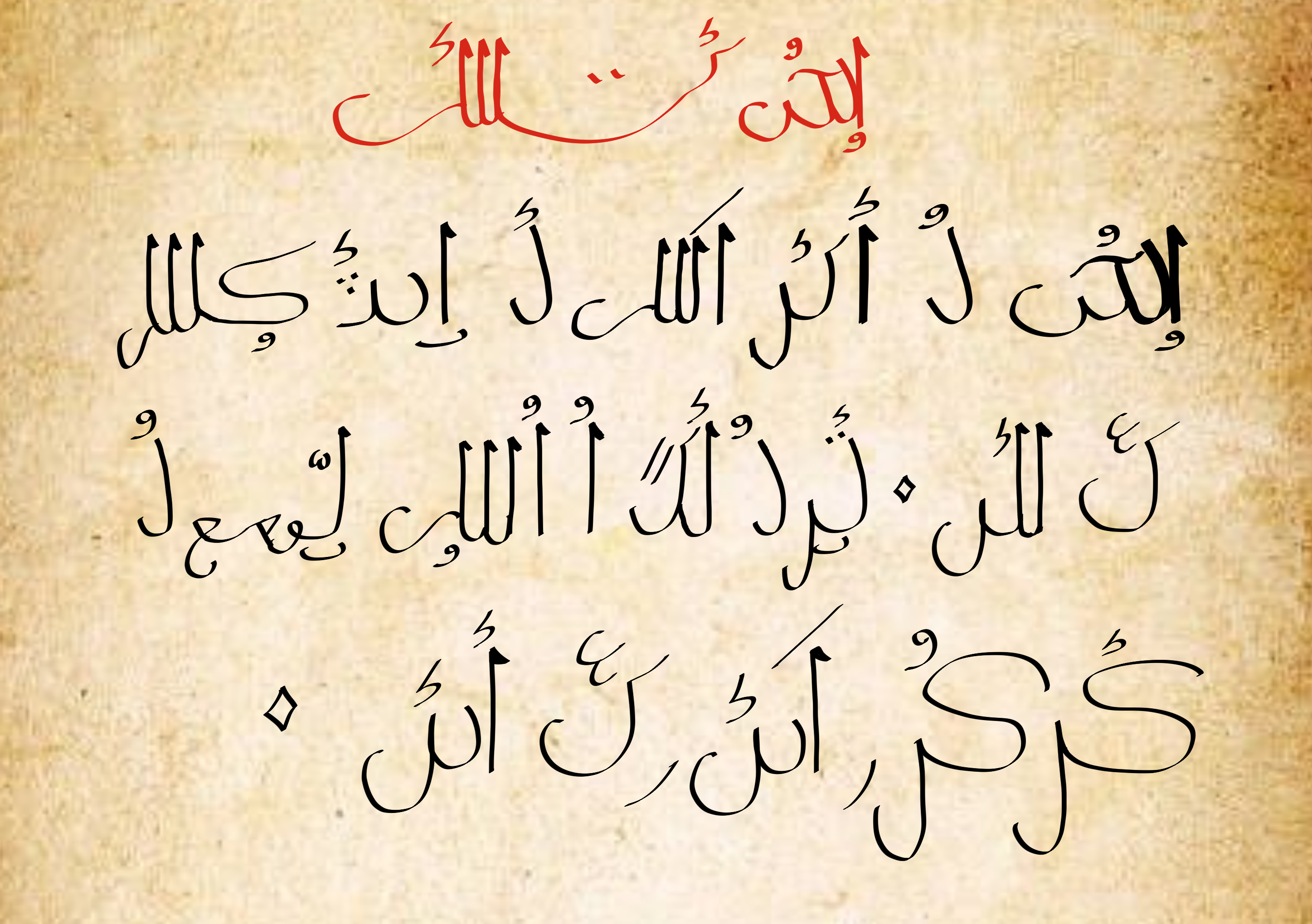Sun elf dialect
Origins
The Sun elf dialect is one of the dialects that evolved from Classical Elvish alongside other dialects such as the Delta Dialect spoken by the elves in places such as Brire and Stormitia, or the Snow Elf dialect or Southern Seria's elvish dialect. In order to understand the modern dialect we need to talk a bit about its origins. Classical elvish became unifying language of the elves who lived on both sides of the Interior Sea. Its presence in the continent of Karia was even reinforced by waves of elf migrants into modern Southern Seria around 7000 or 6000 BP. Classical elvish was introduced in Unhelion between 3500 or 3000 BP by successive waves of elves from Southern Seria known as the Anthynerynn (newcomers in elvish), who became the ancestors of the Sun elves of Western Unhellion as well as the Desert elves. With the rise of the Anthynerynn elves and their establishment of the 2nd Dynasty of Sun Elf Kings, Classical Elvish became the official language of the kingdom and soon, the Eastern, indigenous, Sun Elves, the Bathynerynn abandoned their own language in favour of the language of the newcomers. Because of the intermingling of both Sun elf societies the classical language spoken in Unhellion began to change gradually. Many words of the Bathynerynn elf language were incorporated into Classical Elvish and the accent and way of speaking this language by the Bathynerynn was copied by their new Sun Elf brothers. As a result of these changes, the Sun Elf dialect has become almost unintelligible to other classical elvish speakers.Status
The Sun elf dialect is the day to day language of the population of Unhellion, in the past only folk songs were written in this language and the rest of the literature that was considered "higher" or "more cultivated" was written down exclusively in Classical Elvish, which, by the way, continues to be the official language of the Kingdom of Unhelion and the language employed by all the scientists for their works as well as by historians and poets. Although, in recent centuries, the native dialect of Unhellion has gained more prominence in the literary field, and more and more writers and poets choose the vernacular dialect for their works.Evolution
The Sun elf dialect underwent a series of changes (like the rest of the dialects of classical elvish) across its history, in terms of phonetics, pronunciation etc... . For example, The diphthongs /ai/ and /au/ became /e/ and /u/ respectively, and the sound ⟨ɔ⟩ was replaced by ⟨u⟩. This is probably an influence of the pre-classical elvish language spoken in Unhellion. Another possible influence of this language (although there isn't a consensus about it is the is the disappearance of the letter "p", present in classical Elvish, and its replacement by the letter "b" (or sometimes by the letter "f"). The letter "v" disappears in sun elvish and it is replaced by the letter "w". Another influences from the old language are glottal stops (not present in classical elvish) as well as having influenced 35% of the vocabulary of the Sun elf dialect (for example words like "Misr" (City), "Qasr" (Castle/Fortress) or "Atah" (gift).Main characteristics of the language
The main word order is Subject Verb Object and adjectives are usually positioned after the noun. In Sun elvish, the old two definite articles , loi (singular) and e (plural) are replaced by one single article El. Sun Elvish also has more vowels than classical elvish (seven in total) because it has long and short vowels (short a, long a, short i and long i and short u and long u, the vowel e is always long)Examples and comparison
English
The Holy mother created you, the Primordial Gods have given you birth, stand out upon this land blessed by the gods, may you become over it, may you be high over it!, so that your father sees you, so that the Sky Father sees you!.Classical Elvish
Debas Amyl aeufr gill, Oidebas Enn aunin gill, aralaith am fayn aistana til Oidebas, Sit gill varpad epuran taill, Sit gill ne tana epuran taill!, fell na navat velufr gill, fell na Unhel velufr gill!.Sun elvish
El Illum- el- Amyl eufr'ill, Illumi'ann un'ill, arleth'an al'ard asha'til El-Illumi, Zit' il warb buran til, Zit'il ne elih , fell na ab yafr'il, fell na Unhel yafr'il!Script
Sun and Desert elves prefer the so called "Calligraphic" Script ( an Abjad) over the old "Codex" script (an alphabet) used for writing classical elvish because they think it represents better the nuances and phonology of their vernacular dialect. This choice makes even more sense by the fact that the Calligraphic script was invented by the Sun elves themselves and so that is a matter of pride for them. But some ancient texts that show the early stages of this dialect are written using the aforementioned Codex Script
Root Languages
Spoken by
Places where it is spoken
Famous expressions in the Sun Elf Dialect
Ymhilean, te Aez'an te mair meer (Ymhilean,such a beautiful container for such precious treasures)
Asat'il muqin, daf'il salin ("Founded by the faithful, protected by the righteous"
Ja'meer mith el anth yn manyn (As beautiful as an harpy's face)
El-farys bidun qa'um ala bul hebinur el- qesh ( A warrior without a shield can't defend him/herself)
Famous authors who wrote in classical elvish
- Físyalyl Silverdrift, elven bard of the 2nd century BP
- Afaryn Bei Taryn, Sun elf poet (died in 21 AP)





Such a well written article. With all the history, it really feels like a real language. I loved the comparisons between English, Classical Elvish, and this language. Really showed off the differences and simularities.
Explore Etrea | March of 31 Tales